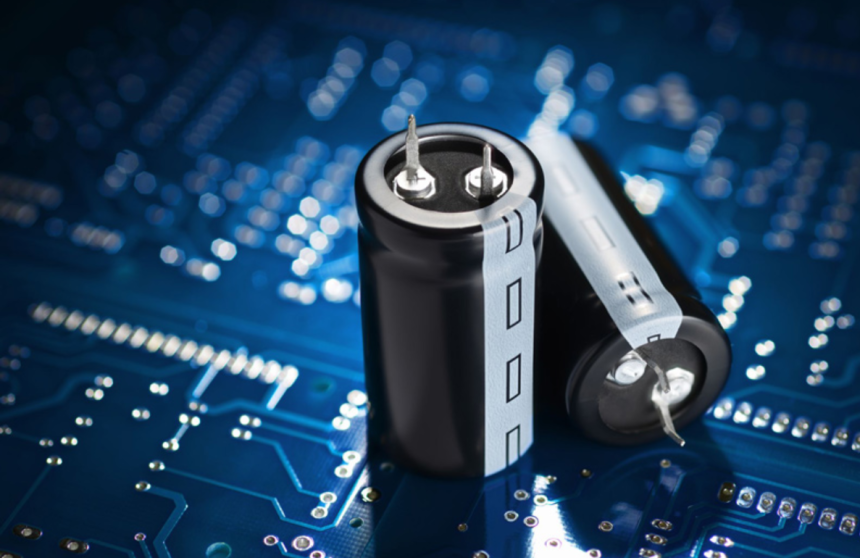In today’s technologically advanced world, electronic devices have become an integral part of our lives. From smartphones to laptops, from televisions to smart home systems, we rely on these devices for communication, entertainment, and daily tasks. Behind the scenes, one crucial component silently plays a vital role in ensuring the proper functioning of these electronic devices: the filter capacitor device.
- The Basics of Capacitor Devices
- Understanding Filter Capacitor Devices
- The Importance of Filtering in Electronics
- How Filter Capacitor Devices Work
- Types of Filter Capacitor Devices
- Applications of Filter Capacitors in Electronics
- Factors to Consider in Choosing Filter Capacitor Devices
- Common Issues with Filter Capacitors
- Best Practices for Maintaining Filter Capacitors
- The Future of Filter Capacitor Technology
- Conclusion
In this article, we will explore the significance and functionality of filter capacitors in the world of electronics.
The Basics of Capacitor Devices
Before delving into the world of filter capacitors, it’s essential to understand the basics of capacitor devices. A capacitor is an electronic component that stores and releases electrical energy. It consists of two conductive plates separated by an insulating material known as a dielectric. Capacitors come in various sizes and capacitance values, allowing them to store different amounts of energy.
Understanding Filter Capacitor Devices
A filter capacitor device is a specific type of capacitor used in electronic circuits to filter out undesirable noise and ripple from the power supply. It smooths the output voltage and helps eliminate electrical interference that can affect the performance of electronic devices. By blocking high-frequency noise and stabilizing voltage levels, filter capacitors ensure the reliability and longevity of electronic systems.
The Importance of Filtering in Electronics
Filtering is crucial in electronics as it helps remove unwanted signals and noise from power sources. Electrical noise can disrupt the proper functioning of electronic devices, leading to malfunctions or data corruption. Filter capacitor devices act as a shield against such disturbances, ensuring the integrity of the electronic system’s operation.
How Filter Capacitor Devices Work
Filter capacitor devices work by storing electrical energy when the power supply voltage is high and releasing it when the voltage drops. They provide a temporary source of energy to compensate for voltage fluctuations, ensuring a stable and smooth power supply to the electronic components. The capacitor’s ability to charge and discharge rapidly makes it an effective tool for filtering out noise and regulating voltage levels.
Types of Filter Capacitor Devices
There are several types of filter capacitor devices available, each designed for specific applications. Some common types include electrolytic capacitors, ceramic capacitors, tantalum capacitors, and film capacitors. Each type has its unique characteristics, such as capacitance value, voltage rating, and frequency response, making them suitable for different electronic systems and environments.
Applications of Filter Capacitors in Electronics
Filter capacitors find applications in various electronic devices and systems. They are extensively used in power supplies, audio equipment, telecommunications, automotive electronics, and industrial machinery. These capacitors ensure stable power delivery, reduce noise interference, and enhance the performance and reliability of electronic systems.
Factors to Consider in Choosing Filter Capacitor Devices
When selecting filter capacitor devices for a particular application, certain factors need to be considered. These include capacitance value, voltage rating, size and form factor, frequency response, temperature tolerance, and cost. Choosing the right filter capacitor based on these factors is crucial to ensure optimal performance and longevity of the electronic system.
Common Issues with Filter Capacitors
While filter capacitors are essential for the smooth operation of electronic systems, they can experience issues over time. Some common problems include capacitor aging, electrolyte leakage in electrolytic capacitors, capacitor breakdown, and thermal stress. Regular maintenance and periodic replacement of capacitors are necessary to prevent malfunctions and ensure the integrity of the electronic system.
Best Practices for Maintaining Filter Capacitors
To maintain the effectiveness and reliability of filter capacitors, certain best practices should be followed. These include monitoring capacitance values regularly, inspecting for physical damage or leakage, ensuring proper cooling and ventilation, avoiding excessive voltage or current stress, and adhering to manufacturer guidelines for usage and replacement. By implementing these practices, the lifespan and performance of filter capacitors can be maximized.
The Future of Filter Capacitor Technology
As electronic devices continue to advance in complexity and miniaturization, the demand for high-performance filter capacitors will grow. Researchers and manufacturers are continuously exploring innovative materials, designs, and manufacturing techniques to meet these evolving demands. The future of filter capacitor technology holds exciting possibilities, including improved capacitance, higher voltage ratings, enhanced temperature tolerance, and greater efficiency.
Conclusion
Filter capacitor devices are silent yet indispensable innovators in the world of electronics. By effectively filtering out noise and stabilizing voltage levels, they ensure the smooth and reliable operation of electronic devices. Understanding the significance and functionality of filter capacitors is essential for engineers, hobbyists, and anyone interested in the fascinating world of electronics.














